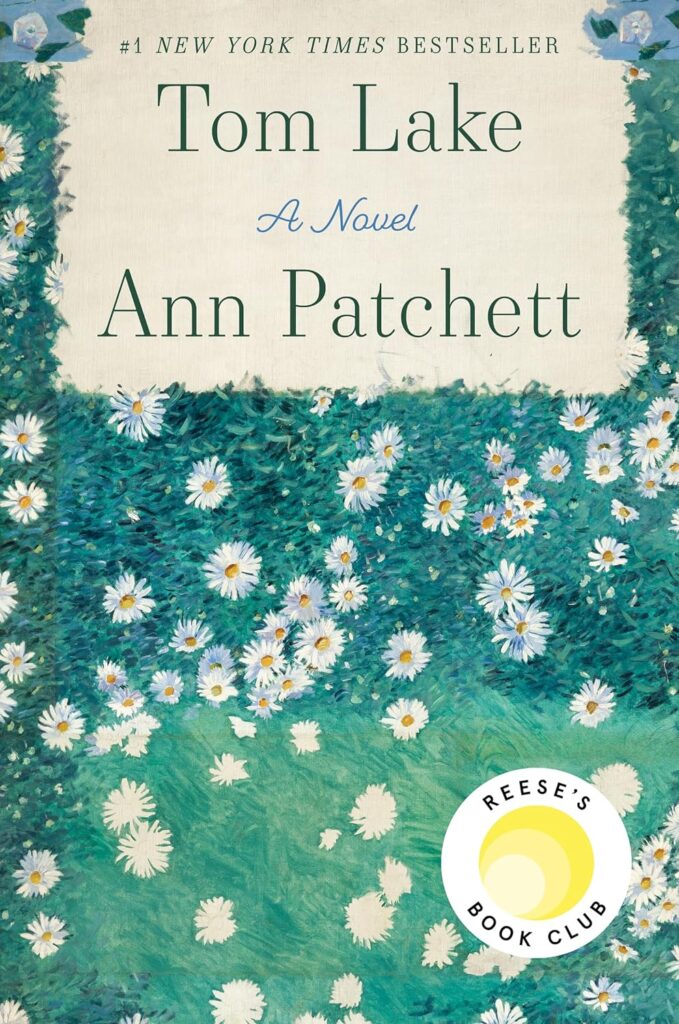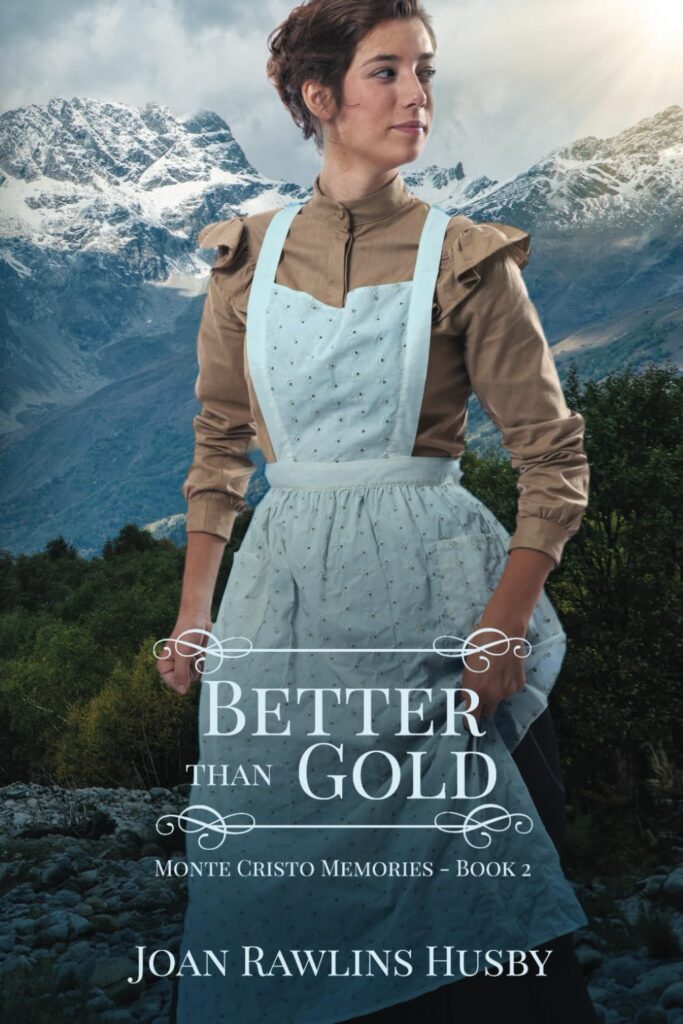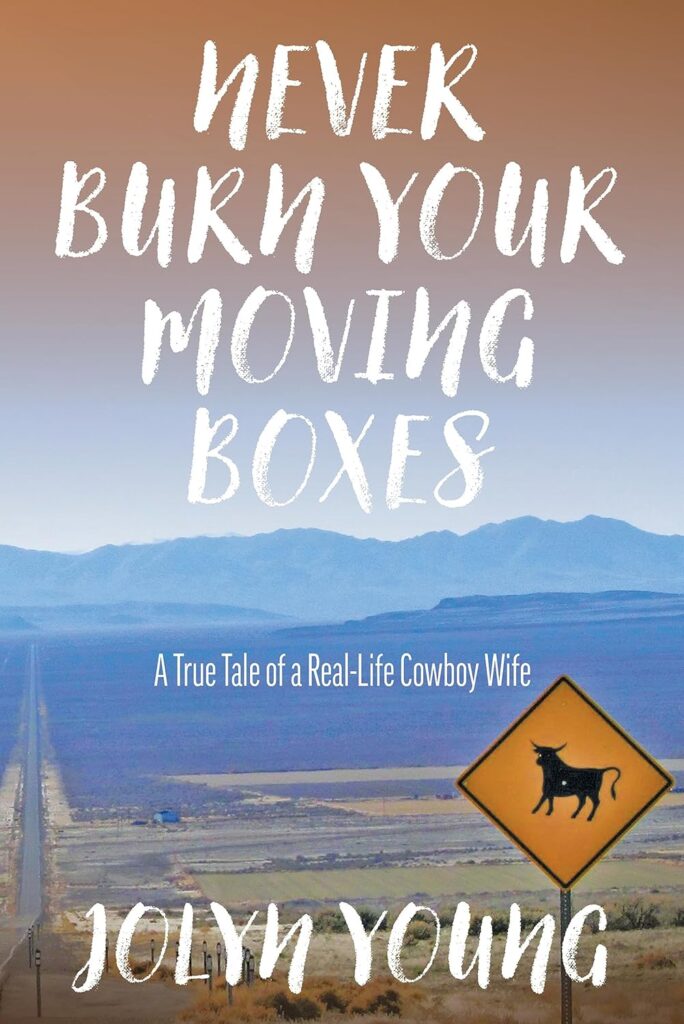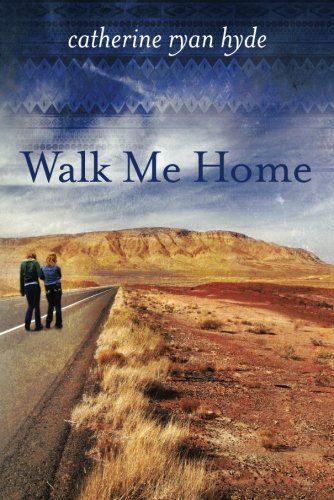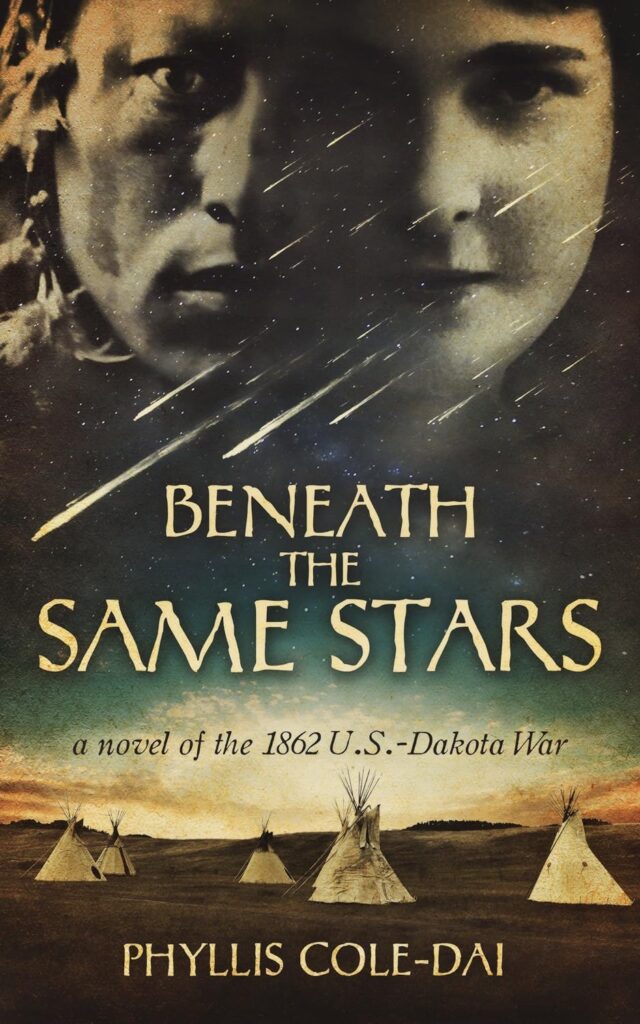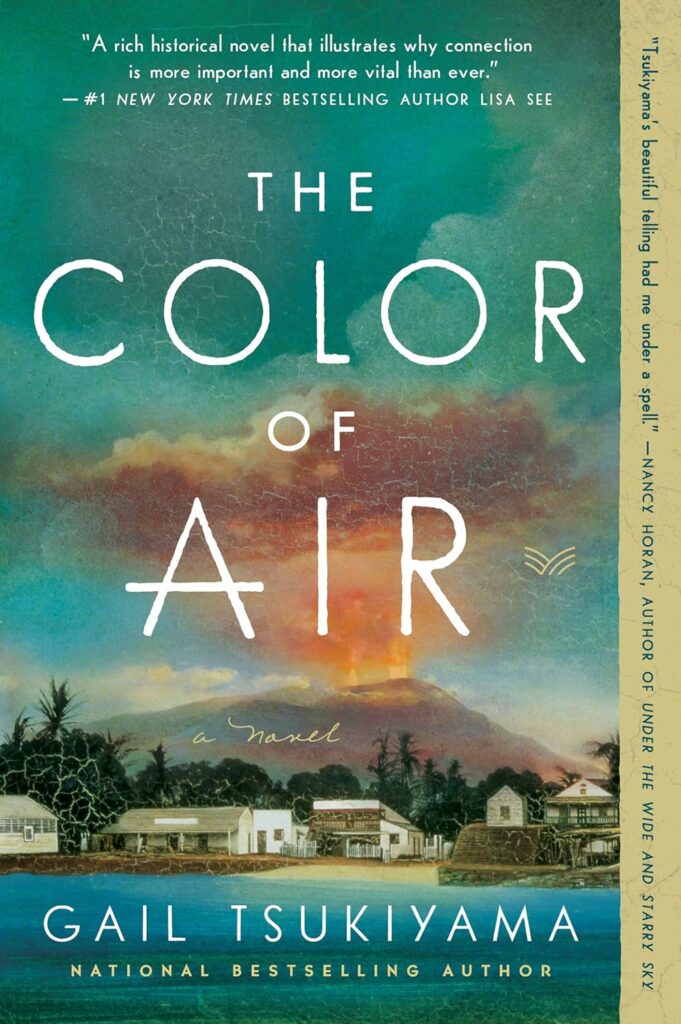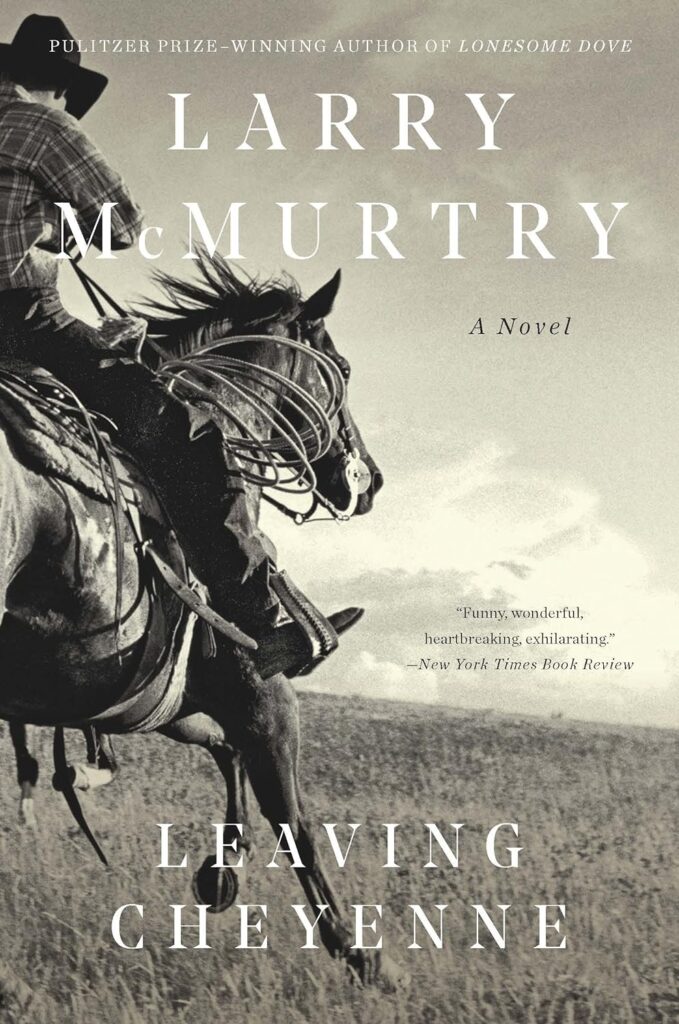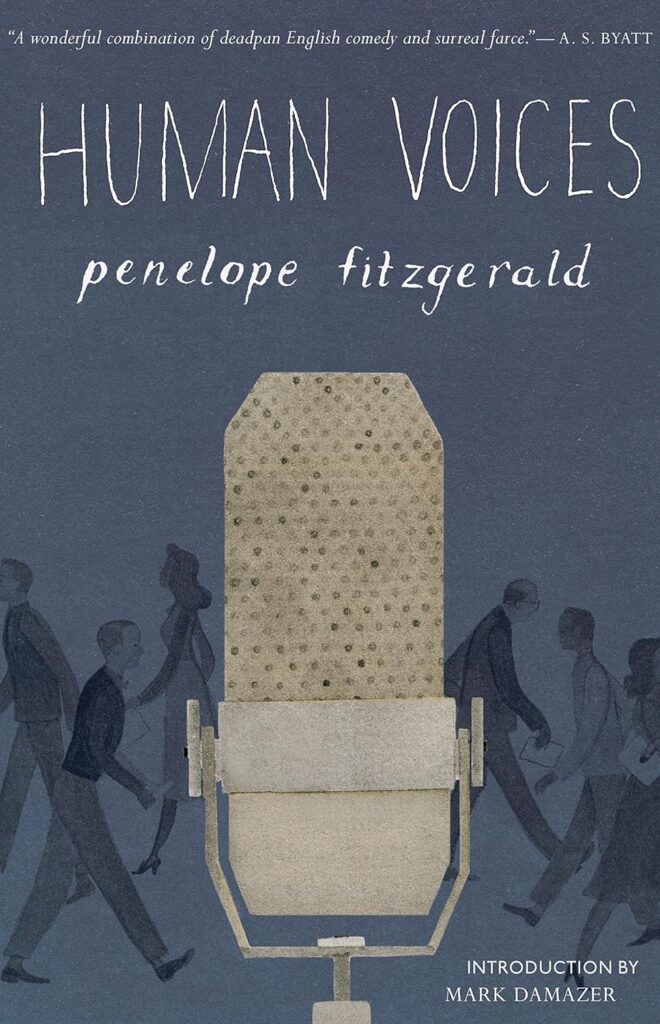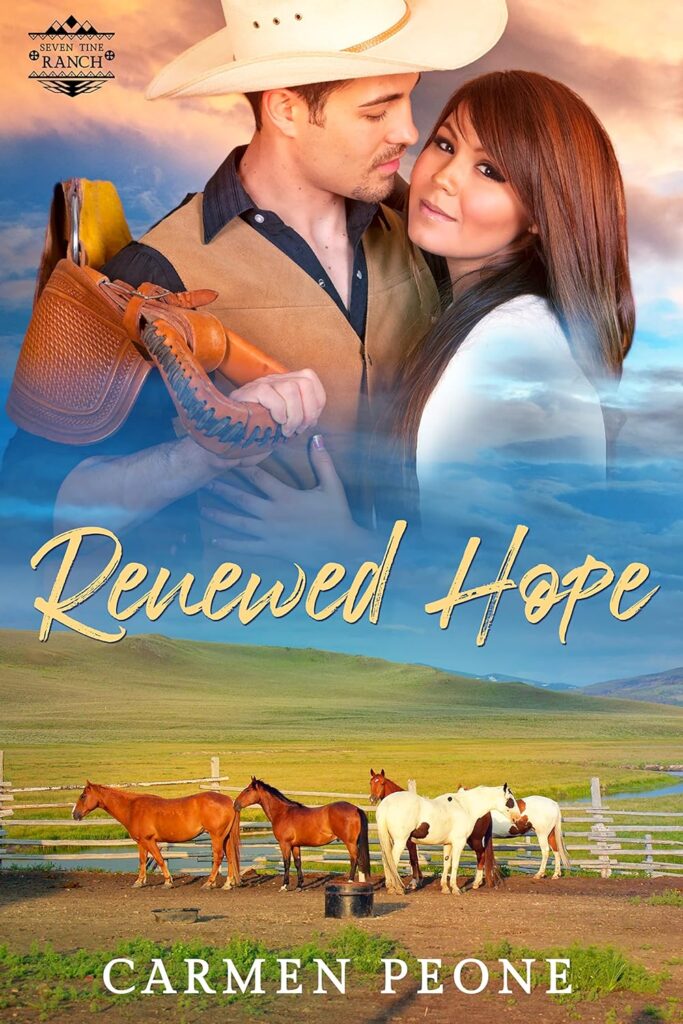Tom Lake, a novel by Ann Patchett is a delightful story about family, love, and growing up. The novel toggles between 2020 Michigan and the 1980s theater company, Tom Lake.
During the 2020s Covid pandemic, Lara and Joe Nelson’s three grown daughters return to the family cherry farm to help with harvest. While picking cherries, the girls beg their mother to tell them about Peter Duke, a now famous actor that Lara both worked with on stage and had a romantic relationship while performing at Tom Lake, a live theater company.
Lara, originally from New Hampshire, finds stage success in Thornton Wilder’s Our Town. Also in the play is handsome Peter Duke, and the two of them become romantically involved.
Switching back to the cherry farm, Lara’s daughters beg for more of the story. Peter Duke is now a beloved film actor, and they pry details out of their mother about her and Duke’s relationship. Along the way, they learn of others of that time period: Pallace, a black dancer who becomes a good friend of Lara, and Peter Duke’s brother Sebastian. They were a foursome to be reckoned with, each with their special talents and agendas.
I loved Tom Lake. Ann Patchett is an American author who has written several successful award-winning novels. I also enjoyed Bel Canto and will look for more novels written by this prolific author.


